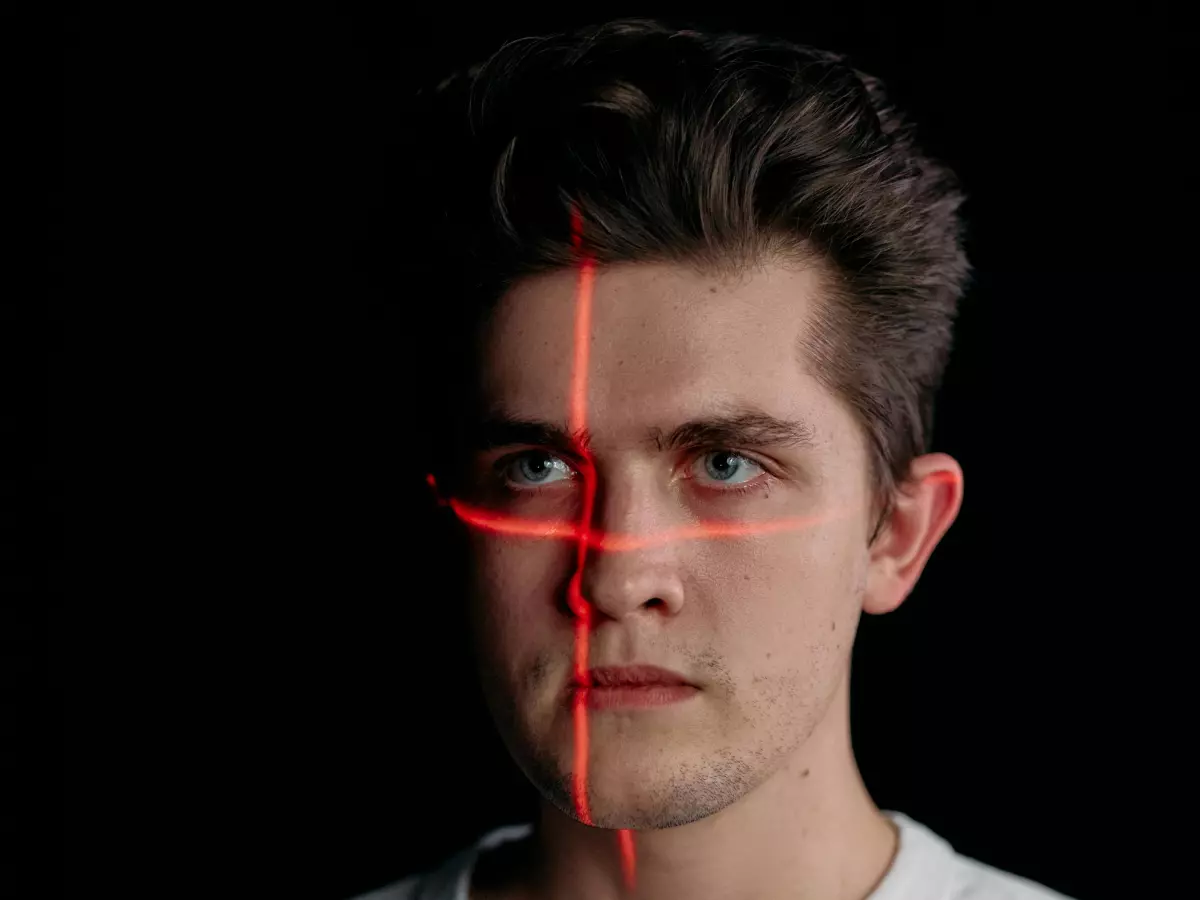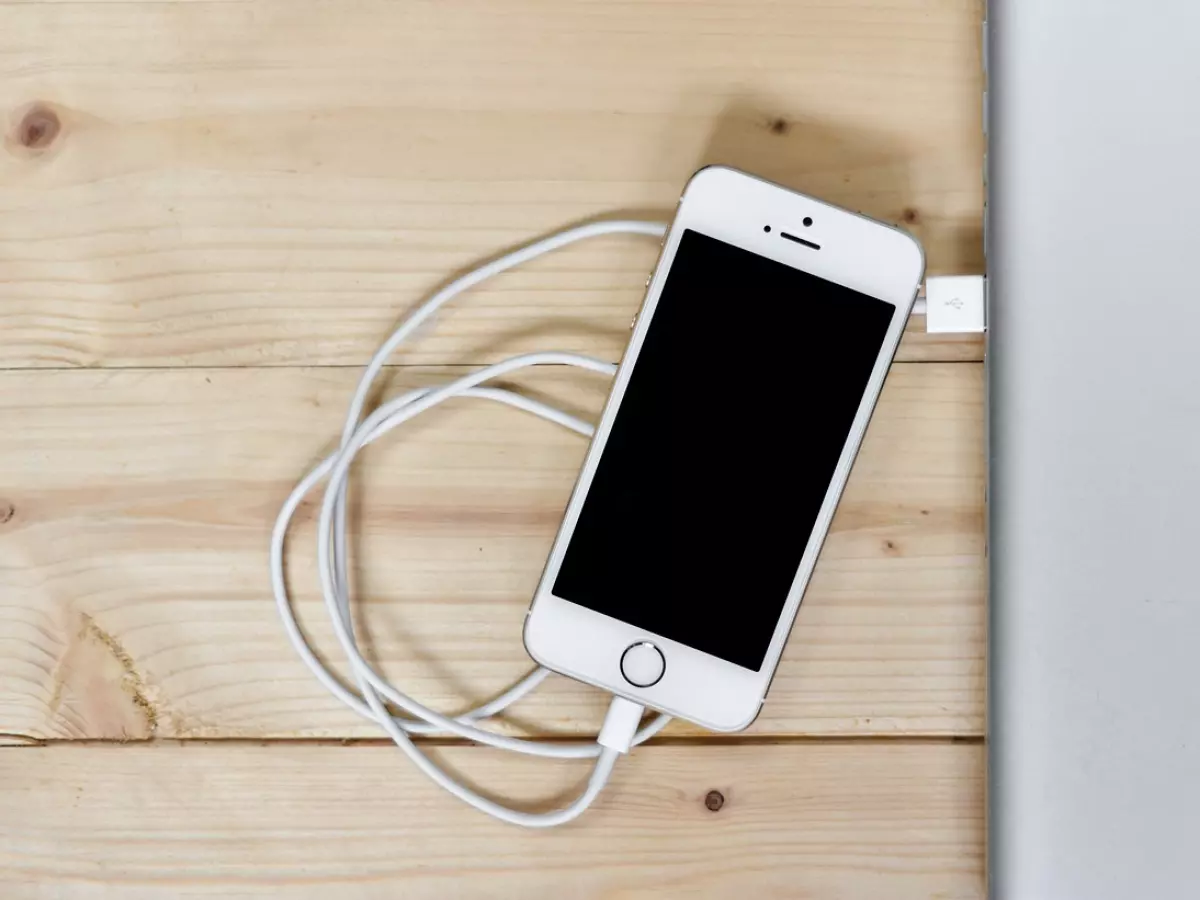Smartphone Camera Revolution
Remember when taking a picture with your phone meant capturing a blurry, pixelated mess? Yeah, those were the days... or not.

By Jason Patel
Fast forward to today, and smartphone cameras have become so advanced that they’re giving professional DSLRs a run for their money. But how did we go from those grainy, low-res photos to the stunning, high-quality images we can snap with just a tap? Buckle up, because we’re diving deep into the evolution of smartphone cameras and how they’ve completely transformed the way we capture the world.
It all started with a humble 0.3-megapixel camera on the Nokia 7650 back in 2002. If you’re too young to remember, let’s just say it wasn’t exactly Instagram-worthy. But that was just the beginning. Over the years, smartphone manufacturers have been in a constant arms race to pack more and more camera tech into our pockets. And boy, have they delivered.
The Megapixel Myth
Let’s get one thing straight: more megapixels don’t always mean better photos. Sure, they help with resolution, but there’s so much more going on behind the scenes. Smartphone cameras have evolved beyond just cramming in more pixels. Today’s cameras are all about computational photography, AI, and software magic. Think of it like this: the hardware is the body, but the software is the brain.
Take Google’s Pixel phones, for example. They don’t have the highest megapixel count, but they’re known for producing some of the best photos out there. Why? Because their software is so good at processing images, enhancing details, and balancing light. It’s like having a mini photo editor in your pocket that works in real-time.
Multiple Lenses, Multiple Possibilities
Remember when phones had just one camera lens? Those were simpler times. Now, it’s all about the multi-lens setup. Wide-angle, ultra-wide, telephoto, macro—you name it, there’s probably a lens for it. And while it may seem like overkill, each lens serves a specific purpose.
Wide-angle lenses are perfect for capturing landscapes or group shots, while telephoto lenses let you zoom in without losing quality. And let’s not forget the ultra-wide lens, which gives you that cool, distorted perspective that makes everything look more epic. The best part? You don’t have to lug around a bag full of lenses like a pro photographer. It’s all built into your phone.
Low Light, No Problem
One of the biggest challenges for smartphone cameras has always been low-light photography. Early phone cameras struggled to capture anything decent in dim conditions, leaving you with dark, grainy photos that looked like they were taken with a potato. But thanks to advancements in sensor technology and software, that’s no longer the case.
Enter Night Mode. This feature has become a game-changer for smartphone photography. By taking multiple shots at different exposures and blending them together, Night Mode can brighten up even the darkest scenes while preserving details and reducing noise. It’s like turning on a flashlight, but way cooler.
AI and Computational Photography
Here’s where things get really interesting. Modern smartphone cameras are packed with artificial intelligence and computational photography features that can do things you wouldn’t believe. From automatically detecting scenes and adjusting settings to enhancing portraits with bokeh effects (that fancy blurred background), AI is the secret sauce behind many of the stunning photos you see today.
Take Apple’s Deep Fusion, for example. This feature uses machine learning to analyze every pixel of a photo and optimize it for sharpness, detail, and color. The result? Photos that look like they were taken with a professional camera, even in tricky lighting conditions.
The Future of Smartphone Cameras
So, what’s next for smartphone cameras? Well, we’re already seeing some wild innovations, like under-display cameras that hide beneath the screen and periscope lenses that offer insane levels of zoom. But the real future lies in even more advanced AI and computational photography. Imagine a camera that can predict the perfect shot before you even press the shutter. Or one that can automatically remove unwanted objects from your photos in real-time. The possibilities are endless.
One thing’s for sure: smartphone cameras are only going to get better. And while they may never fully replace professional cameras for certain types of photography, they’ve already changed the game for everyday users. Whether you’re snapping a quick selfie or capturing a breathtaking sunset, your smartphone is now a powerful photography tool that fits right in your pocket.
So, the next time you take a photo with your phone, take a moment to appreciate just how far we’ve come. From grainy, pixelated messes to pro-level shots, the evolution of smartphone cameras has been nothing short of revolutionary. And the best part? We’re just getting started.





